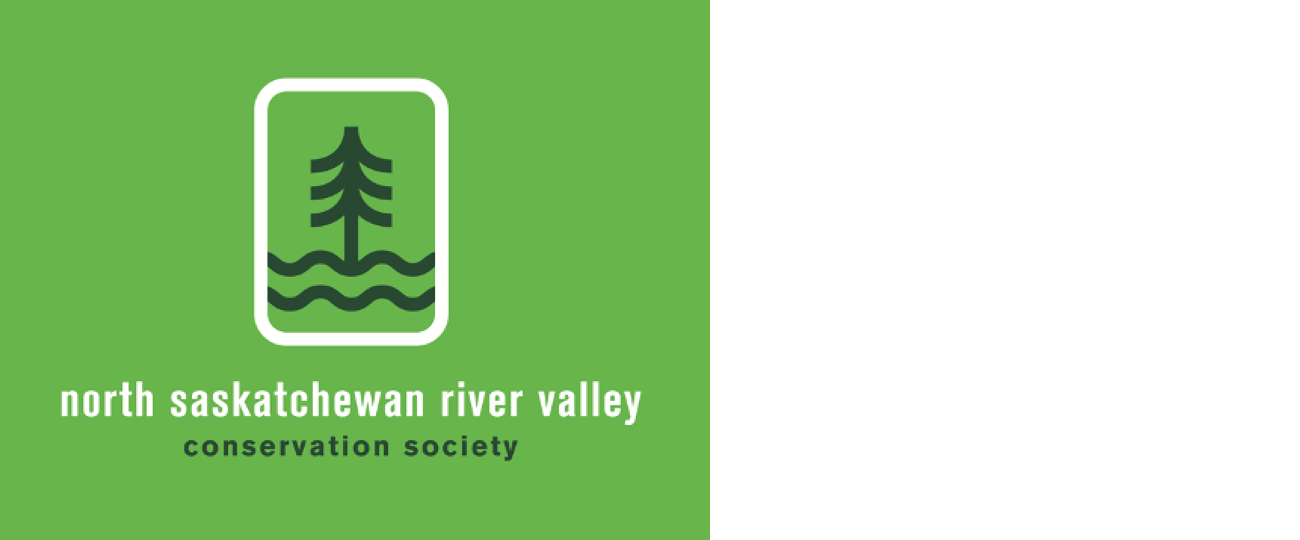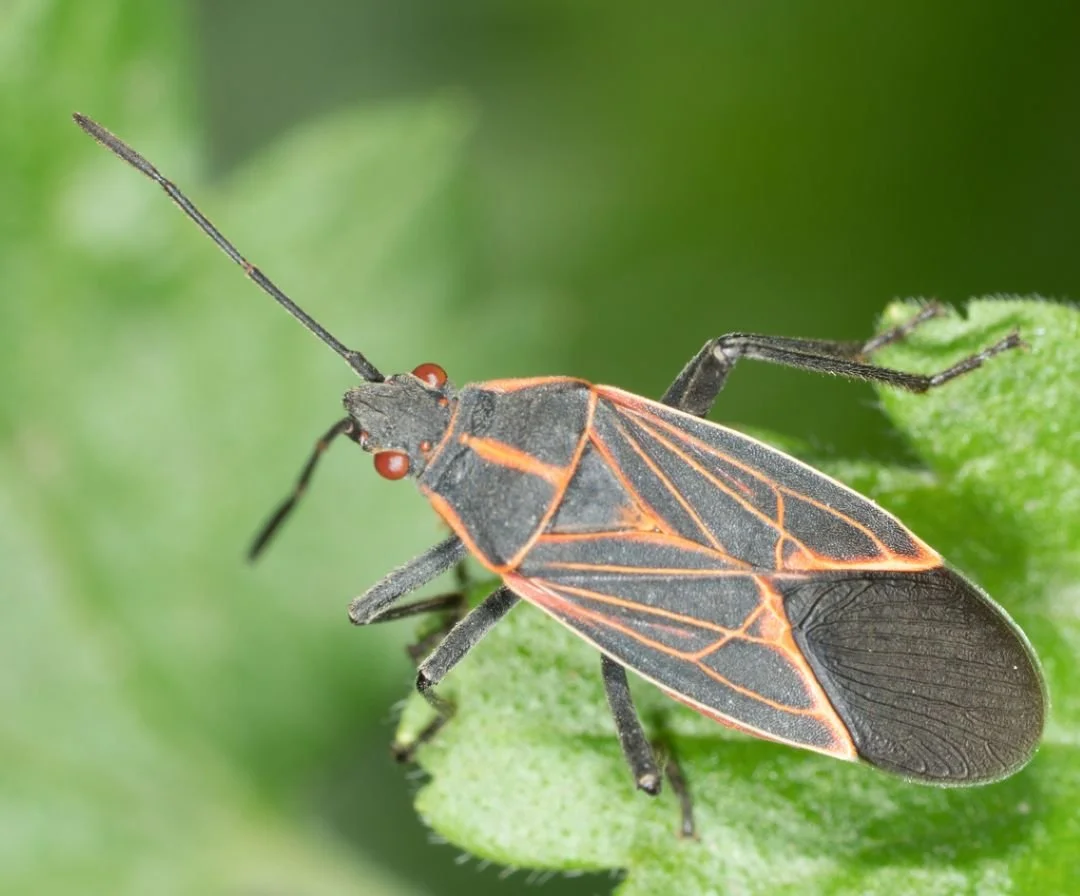Photo credit: Dick Dekker at Cooking Lake
Drying Shores, Concerned Communities: Alberta's Vanishing Lakes
If you have frequented some of your go-to nature spots this summer and fall, you may have noticed some stark changes in your favourite shorelines. Recently, the alarm has been raised about popular lakes drying up around Edmonton. While some water loss is natural and to be expected, it can’t be denied that climate change is significantly affecting lake water levels, particularly through rising temperatures that increase evaporation rates.
The lakeside community of Pelican Point, Alberta, experienced an unusual summer due to historically low water levels in Buffalo Lake, forcing the closure of the community marina. This severe drop caused a decrease in summer tourist traffic for Pelican Point and nearby communities like Bashaw. Neighbouring Gull Lake, approximately 90 km west of Pelican Point, faced similar low water level concerns. Pumping from the Blindman River was suspended in 2018 due to the threat of introducing Prussian carp.
Miquelon Lake's decline has been steady as well, with huge sections turning into dry land. The Ministry of Environment notes that water levels have dropped 2.5 meters over the last 20 years. University of Alberta wetland science professor David Olefeldt states that many lakes, like Miquelon, are "prairie potholes" in a "poorly connected landscape," making them vulnerable to drought because they rely solely on small local watersheds. He concludes this is a natural cycle, suggesting there is little to be done but wait for years of wet conditions for the lakes to bounce back.
Once a favourite recreational spot and home to Canada's oldest public airport, Cooking Lake has nearly vanished, shrinking to less than 5% of its former surface area by 2024 due primarily to low precipitation. To restore the lake and the entire watershed, the idea of running a pipeline from the North Saskatchewan River has been floated more than a few times.
In a recent article by Dick Dekker, he writes, “Because of their shallowness, practically all water bodies in south and central Alberta are vulnerable to our cyclic climate during periods of low water. Even if the mean annual precipitation is little more than half a metre below average, the diminishing effect on these lakes can be major, leaving mud flats several hundred metres wide along former shorelines. No more sandy shores and inviting shallows for recreation!
To restore this drying watershed, is it time to reconsider an old idea of bringing in water from the North Saskatchewan River?”
Photo credit: Ian Kucerak /Postmedia
Why "Leaving the Leaves" Matters
Instead of viewing fallen foliage as a nuisance, recognize that leaves, brush piles, logs, and plant stems are vital natural habitats and insulation for wildlife. Particularly, pollinators and invertebrates, which need shelter to survive the winter. Many butterflies, moths, and native bees overwinter within or beneath leaf litter, stems, or wood, meaning that removing all debris likely results in tossing out the very animals you worked hard to attract during the summer.
You can support biodiversity without sacrificing your yard's appearance through simple, thoughtful cleanup practices. Leave the leaves scattered on the lawn (where a thin layer is healthy) or rake them into garden beds, where they suppress weeds, retain moisture, and insulate perennials. Avoid shredding leaves, which destroys hidden eggs and cocoons, and instead let insects break them down naturally. Furthermore, turn fallen branches into brush piles to provide hibernation spots, and limit disturbing the soil to protect the nests of ground-dwelling bees until spring.
Additionally, avoid piling leaves around trees; give trees some space at the base. Leaves can be a great addition to the soil, but it should be done in a way that is healthy for the trees. Piling leaves around tree trunks may harm them as it can suffocate roots, depriving the tree of essential oxygen, which can lead to root/basal rot.
Photo credit: Jesse Rorabaugh/inaturalist.ca
Understanding the Box Elder Bug's Harmless Hibernation Habits
With the return of cooler temperatures, most creatures, big and small, are looking for a warm, safe place to shelter from the bitter Alberta winters. Among those creatures trying to sneak inside your home is the persistent Boxelder bug. They tend to congregate on sunny, south- or west-facing surfaces, such as fences and exterior walls. As temperatures drop, the adults seek shelter and warmth to survive the winter. They do not cause damage to homes, but when crushed, they may release an unpleasant odour.
Adult boxelder bugs are approximately 12mm long, with black bodies and red eyes. Their wings have reddish-orange outlines and veins. Nymphs (juveniles) have bright red abdomens and are wingless. Nymphs and adults feed primarily on sap from leaves, flowers and the seed pods of female Manitoba maples (aka boxelders). Damage from feeding is usually insignificant and has no impact on tree health.
To manage boxelder bugs, focus on prevention and physical removal. Seal up entry points, such as cracks and screens, to keep them out of your home. Also, remove nearby hiding spots, including piles of rocks, boards, and leaves, that are close to houses. You can reduce their numbers by vacuuming them up or dislodging them with a strong stream of water. Note that insecticides are rarely effective and can harm other species.
Feedback on Linden & Rabbits General Inquiry (continued)
I'd like to reply to Mark's question first: is the NSRVCS or indeed anybody controlling the non-native, invasive grass, smooth brome?The answer is no, nobody is. It is a recognized forage grass and no control measures are regulated for it, even though it is an ubiquitous weed which, as Mark says, does huge ecological harm by replacing native species which also have more value for wildlife. Most people do not identify it or recognize it as non-native species, and the consensus among biologists seems to be that it is so pervasive it is now impossible to control, except perhaps in certain restricted areas.
However, I am not at all certain that brome is chiefly responsible for the hunger of hares. I assume the hares that are eating the lindens are white-tailed jackrabbits as these are the hares in our city. All hares tend to eat tree bark in the winter when grasses of any kind or other food are unavailable or inaccessible. If you go into the bush in winter you will see many prostrated branches which look white because the bark has been completely stripped off, the snowshoe hares of the woodlands using the nutrient-rich cambium below the bark as a source of food.
If your objective is to protect lindens and other planted trees rather than feed an urban fauna then you should protect the trees to a suitable height with mesh. By restricting their food supply you will restrict the population of hares. On the other hand, you could plant more unprotected saplings, resign yourself to losing some, and enjoy our urban hares!
Patsy
Giant Baseball Bat / Aluminum / GT Metal Products / 2003
Located at the intersection of 97 Street and 118 Avenue
Special note: The Alberta Avenue Business Association is considering removing the iconic 50-foot, 2,500lb aluminum baseball bat and other "Avenue of Champions" fixtures from 97 Street and 118 Avenue as part of a neighbourhood rebrand, believing the old slogan is no longer relevant. While the plan is still under review pending community feedback and clarity on the bat's ownership, the Edmonton Riverhawks baseball team is expressing interest in relocating the massive sculpture to RE/MAX Field.
Comment or Contributions
Please note articles may not reflect the position of NSRVCS. River Valley News is meant to be a clearinghouse for the variety of opinions and ideas about Edmonton’s River Valley.
Email river valley photos, event information, comments, or questions to nsrivervalley@gmail.com.
Forward this link to anyone you think may want to sign up for this newsletter https://www.edmontonrivervalley.org/newsletter-signup





